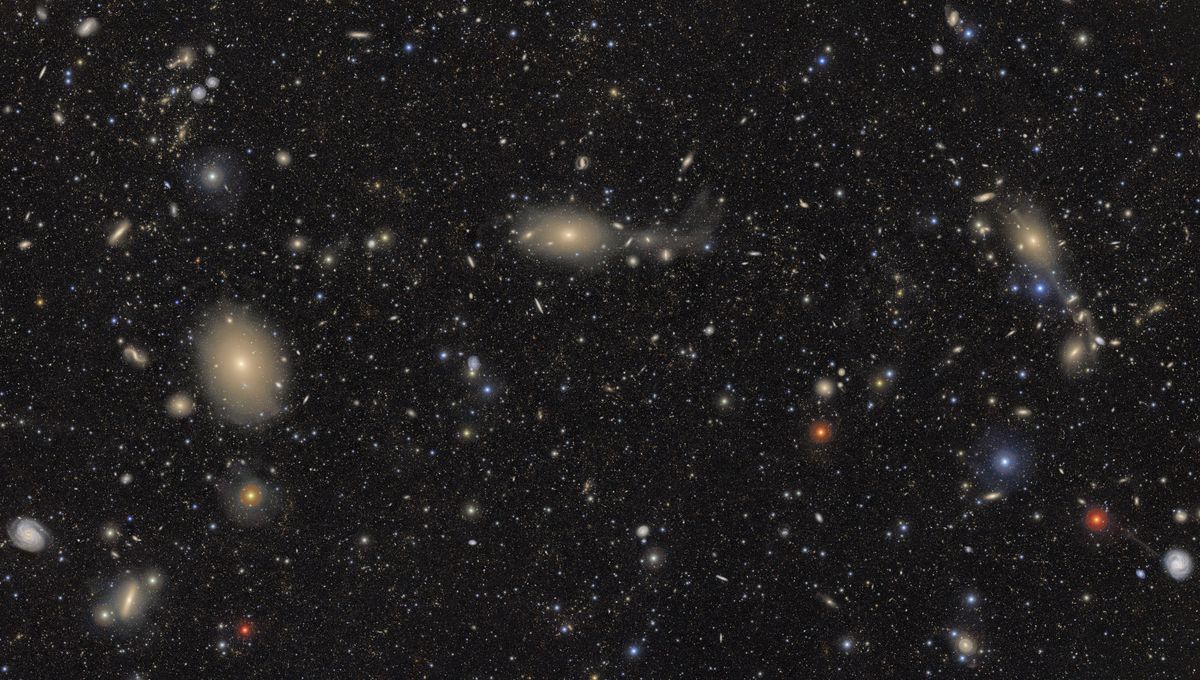
The Vera Rubin telescope has showcased this week that it is going to be a game-changing instrument. It is the world’s largest digital camera, sporting a 3,200-megapixel charge-coupled device (CCD), and among its first images, there is a view of extragalactic space that features 10 million galaxies. That’s so many that, statistically, it is pretty likely that if you go and watch the extraordinary observation, you could spot a galaxy that no other human has spotted so far. The image has so many galaxies that the background looks gray instead of black!
As a species, we are not good at picturing vast numbers. Even if we think of 10 million dollars, it is difficult to quantify it. If we consider time, 10 million minutes are just over 19 years. In seconds, that would be 115 days, 17 hours, 46 minutes, and 40 seconds. This means that if you wanted to see every single galaxy in this picture, it would take you almost four months of continuous looking around.
So, sure, we have all seen the pretty spiral galaxy in the bottom right corner, or the massive yellow elliptical dotting the foreground. Statistically, though, it’s quite probable that you can zoom in on a portion of the image, one of those dots, which could be a very distant galaxy with maybe a billion stars – and you would be the first human ever to lay eyes on it. Extraordinary what we are capable of doing with technology.
You can see the extent of The Cosmic Treasure Chest in the video above, or you can use the special viewfinder to explore the image yourself, to hunt for a never-before-seen galaxy. You can even download the full-resolution image, but you would need 400 ultra HD TV screens to show it in such a way that the human eye could resolve all its details.
And the best part of all of this is just how small this is compared to the full plan for the Legacy Survey of Space and Time (LSST). This image was created using 1,185 exposures over a period of just seven nights. An incredible feat, and the Rubin Observatory is the only astronomical instrument that can create an image so wide and so deep in so little time.
These 10 million galaxies are just 0.5 percent of all the galaxies that the Rubin Observatory will collect for the LSST. In 10 years, Rubin will have observed 20 billion galaxies – about one-tenth of all the galaxies we believe exist in the visible universe. With more galaxies in there than humans on Earth, it would take us 633.8 years to look at all of them, spending one second per galaxy.
The observatory is named after Dr Vera C. Rubin, the American astronomer whose work was foundational in proposing the existence of a mysterious substance that permeates the universe: dark matter. A game-changing observatory for a woman who truly changed our ideas of the cosmos.
Source Link: You Could Be The First Ever Human To See A Specific Galaxy In This Incredible Space Video